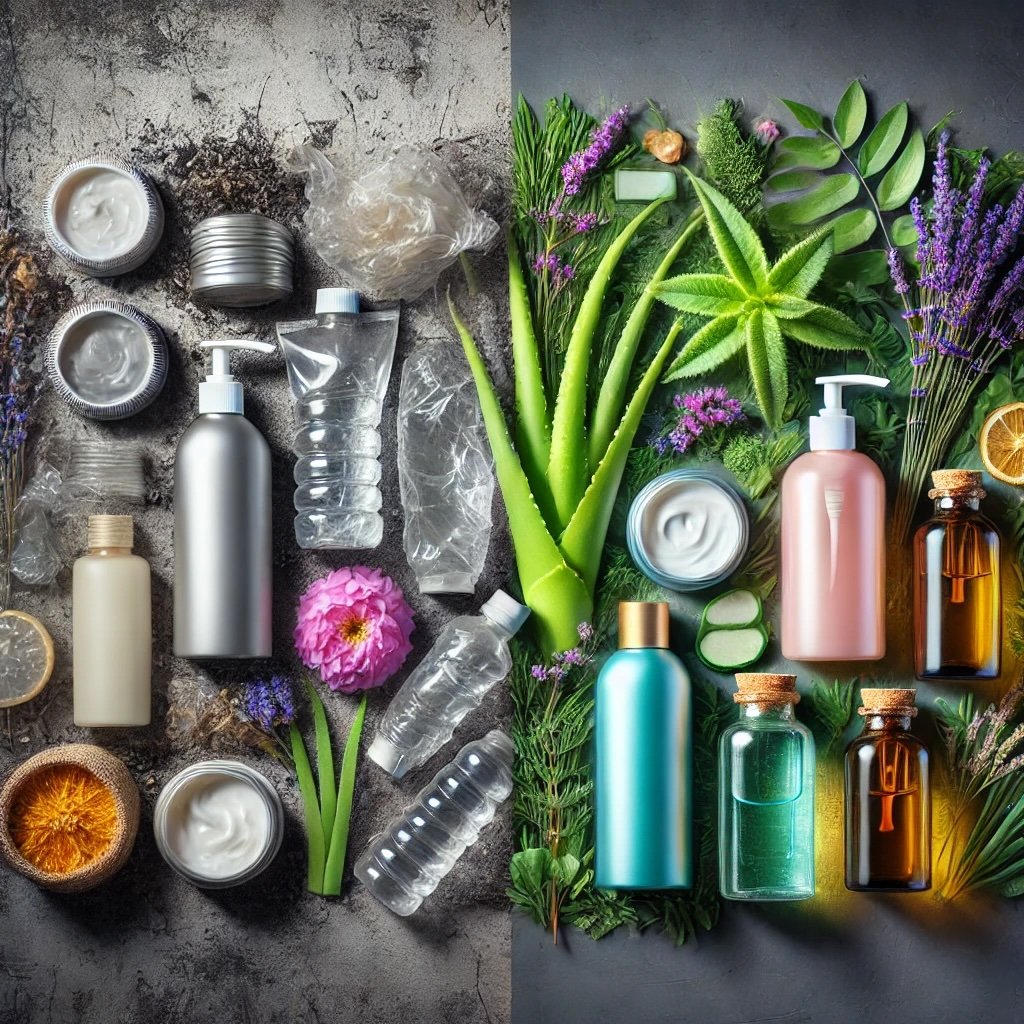Penny Wise, Pound Foolish: The True Cost of Cheap Skincare Products
When it comes to skincare, it’s easy to fall into the trap of choosing inexpensive products over higher-quality alternatives. After all, who doesn’t love saving a few bucks? But what seems like a smart financial decision today can turn out to be a costly mistake in the long run. This phenomenon is often called being "penny wise, pound foolish"—saving money now on inferior products only to pay far more later in health consequences and environmental impact.
Let’s explore how this false economy plays out in the world of skincare and why investing in safer, high-quality products is the smarter choice for your wallet, your health, and the planet.
The False Economy of Cheap Skincare Products
1. Hidden Health Costs
Many low-cost skincare products contain harmful ingredients that can have serious long-term effects on your health. Here’s what you’re paying for when you choose cheap options:
Chemical Sunscreens: Ingredients like oxybenzone and octinoxate may save you money at checkout, but they’ve been linked to hormone disruption and skin allergies. Prolonged exposure can increase the risk of hormonal imbalances and potentially even cancer.
Aluminum-Based Deodorants: These products may cost less, but their potential to interfere with hormone regulation and contribute to breast tissue abnormalities can lead to costly medical treatments down the road.
Phthalates and Parabens: Found in artificial fragrances and preservatives, these chemicals are known endocrine disruptors. Over time, they may increase your risk of reproductive issues and hormone-related cancers, which could result in hefty healthcare bills.
Petroleum-Based Ingredients: Mineral oil and petrolatum may clog pores and contain impurities linked to cancer. The short-term savings don’t justify the long-term risks.
2. Skin Damage and Aging
Cheap skincare products often include harsh chemicals and synthetic fillers that can irritate your skin and accelerate aging.
Irritation and Sensitivity: Products with artificial fragrances and colors may cause redness, dryness, or allergic reactions, requiring additional treatments to repair the damage.
Accelerated Aging: Low-quality products lack the nourishing, active ingredients that support healthy skin. Instead, they can leave your skin dull, dehydrated, and more prone to wrinkles, leading to expensive anti-aging interventions later.
Environmental Costs
The environmental toll of cheap skincare products is another hidden cost:
Plastic Packaging: Inexpensive products are often packaged in single-use plastics, contributing to pollution and environmental degradation.
Toxic Runoff: Harmful chemicals in cheap skincare products can wash down the drain, contaminating water sources and ecosystems.
Sustainability Concerns: Many low-cost brands use non-renewable ingredients and unsustainable production methods, harming the planet while saving pennies.
Investing in eco-friendly, sustainably made products might cost more upfront but contributes to a healthier planet—a cost we can’t afford to ignore.
The Benefits of Investing in Quality Skincare
1. Healthier Skin
High-quality skincare products are formulated with safer, more effective ingredients. They nourish your skin without harmful chemicals, reducing the risk of irritation, allergies, and long-term damage.
2. Long-Term Savings
While premium products may cost more initially, they often last longer because a little goes a long way. Plus, you save money on treatments to undo the damage caused by cheap alternatives.
3. Peace of Mind
Knowing you’re using safe, toxin-free products gives you confidence and peace of mind. You’re not just investing in your skin; you’re investing in your overall health.
4. Positive Environmental Impact
Quality brands often prioritize sustainability, using recyclable packaging, natural ingredients, and eco-friendly production methods. By choosing these products, you’re contributing to a cleaner, greener planet.
Tips to Avoid the False Economy Trap
Read Labels Carefully: Avoid products with harmful ingredients like parabens, phthalates, artificial fragrances, and synthetic colors.
Prioritize Quality Over Quantity: It’s better to have a few high-quality staples than a drawer full of cheap, ineffective products.
Opt for Natural and Organic: Choose products with natural, sustainably sourced ingredients.
Look for Certifications: Trustworthy certifications like "EWG Verified," "USDA Organic," or "Cruelty-Free" can guide your purchases.
Consider Longevity: High-quality products are often more concentrated, meaning they last longer and provide better results, saving you money in the long term.
Conclusion
The next time you’re tempted to save money by choosing a cheaper skincare product, remember the saying: "You get what you pay for." The initial savings of low-quality products often come at the expense of your health, your skin, and the environment. By investing in safer, higher-quality skincare products, you’re not only protecting yourself from hidden costs but also ensuring a healthier future—for yourself and the planet.
Don’t let short-term savings turn into long-term regrets. Choose wisely and invest in products that truly care for your skin and overall well-being.

